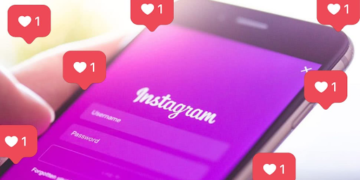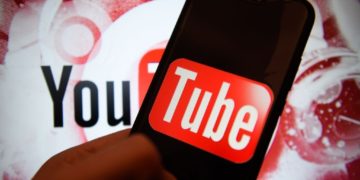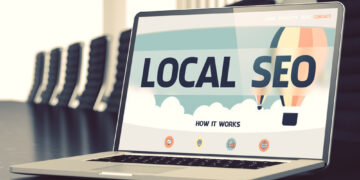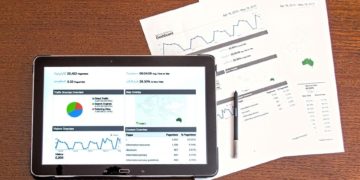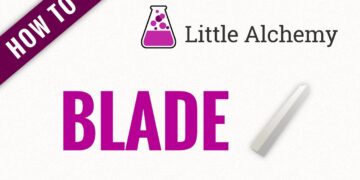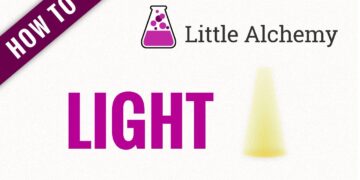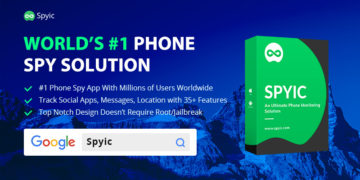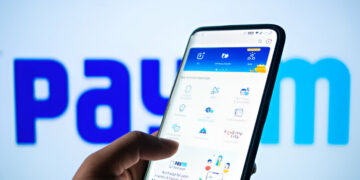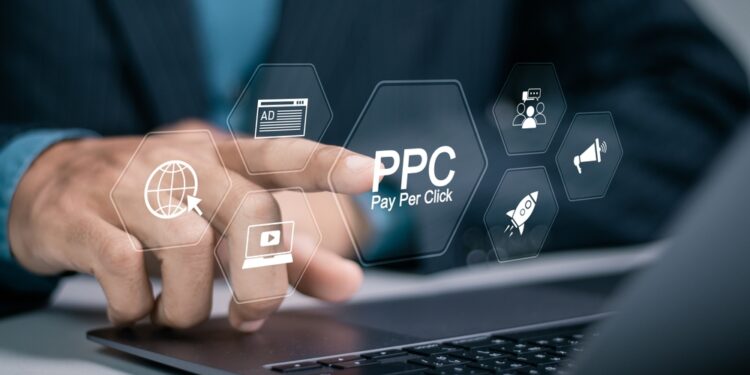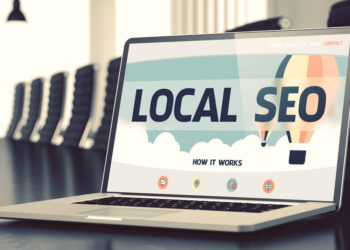In the world of digital marketing, success can really only be measured by turning initial interest into lasting action. That’s where the marketing funnel comes in. This classic model, which maps the customer journey from awareness to purchase, has become even more relevant in today’s digital-first landscape. Understanding how to optimize each stage of the funnel is essential for businesses of all sizes, whether you’re running global campaigns or focusing on niche audiences.
Awareness: Making the First Impression Count
The top of the funnel is all about visibility. At this stage, potential customers are just starting to recognize your brand. They may have found you through a social media post, a Google search or even word of mouth. Your goal here is to spark curiosity and establish credibility.
Tactics like blog content, social ads and influencer partnerships often drive awareness. For brands investing in paid advertising, this is also where PPC campaign management becomes vital. A well-run campaign ensures that your message appears in front of the right audience at the right time, maximizing visibility without draining your budget.
Consideration: Building Trust and Value
Once people know who you are, they move into the consideration phase. Here, they’re comparing you with competitors and deciding whether your product or service truly fits their needs. Building trust is key.
This is where educational content shines. Exemplified by things like in-depth guides, webinars or customer testimonials, these impart valuable and useful information for free, fomenting trust and goodwill. Email nurturing campaigns and retargeting ads can also remind potential customers why your brand deserves their attention. At this point, your messaging should focus on value. How does your offering solve their problems better than anyone else’s?
Conversion: Turning Interest into Action
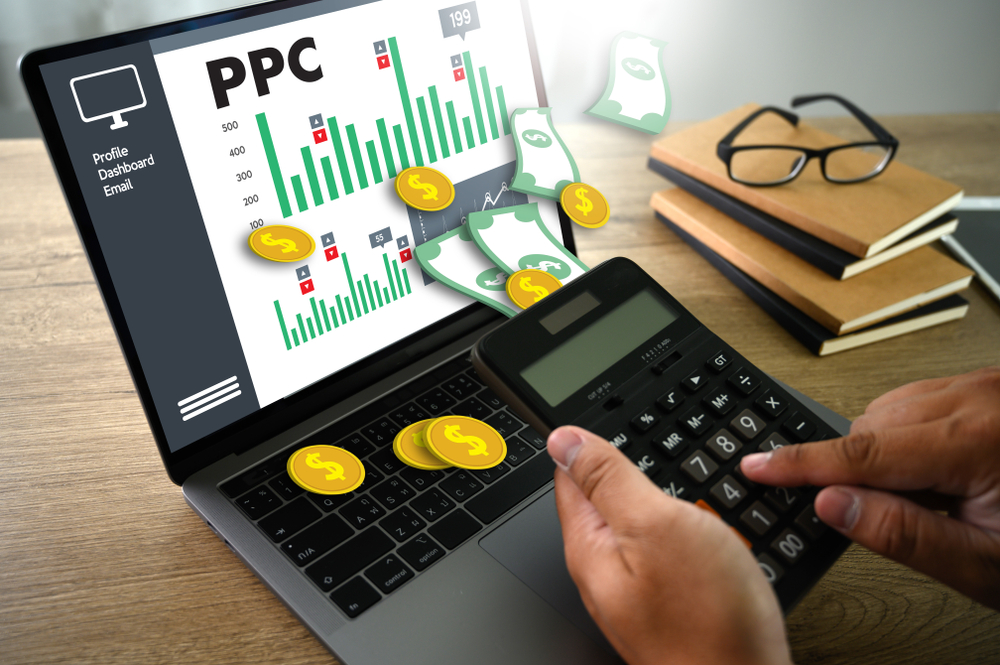
The bottom of the funnel is where decisions are made. Whether it’s making a purchase, signing up for a subscription, or booking a demo, this stage is all about removing barriers to action.
Landing pages should be clean, clear and persuasive, with calls-to-action that make the next step obvious. Fast-loading websites, simple checkout processes and trust signals (like reviews and guarantees) all help tip the scales in your favor. Paid strategies like retargeting campaigns are often most effective here, keeping your brand front of mind as customers prepare to commit.
Beyond Conversion: Retention and Advocacy
It’s tempting to think the funnel ends at conversion, but in reality, that’s just the beginning. Turning one-time buyers into loyal customers is how brands grow sustainably. Post-purchase engagement, whether through loyalty programs, personalized offers, or thoughtful follow-up emails, can keep customers coming back.
Better yet, happy customers often become advocates, recommending your brand to others and effectively ‘fueling’ the top of the funnel. By creating a cycle of awareness, consideration, conversion advocacy, businesses can ensure their marketing efforts have a lasting impact.
The Funnel in a Digital Age
Today’s marketing funnel looks a little different than it did in the past. Customers move fluidly between channels. They discover you on Instagram, read reviews on Google and click through a paid ad to buy. That’s why integrated strategies matter.
When organic efforts like SEO and content marketing work in tandem with paid tactics such as PPC, you can reach audiences across multiple touchpoints. Smart marketers don’t just chase clicks; they build holistic experiences that guide people naturally from one stage of the funnel to the next.
Final Thoughts
Clicks are easy to buy. Conversions, on the other hand, require strategy, patience and a deep understanding of your audience. By aligning your marketing efforts with the funnel, all the way from awareness to advocacy, you create more than just campaigns. You create customer journeys that deliver long-term growth.
And whether it’s crafting compelling content, building trust through social proof, or fine-tuning your PPC campaign management, the goal remains the same: transforming casual browsers into loyal brand advocates.



